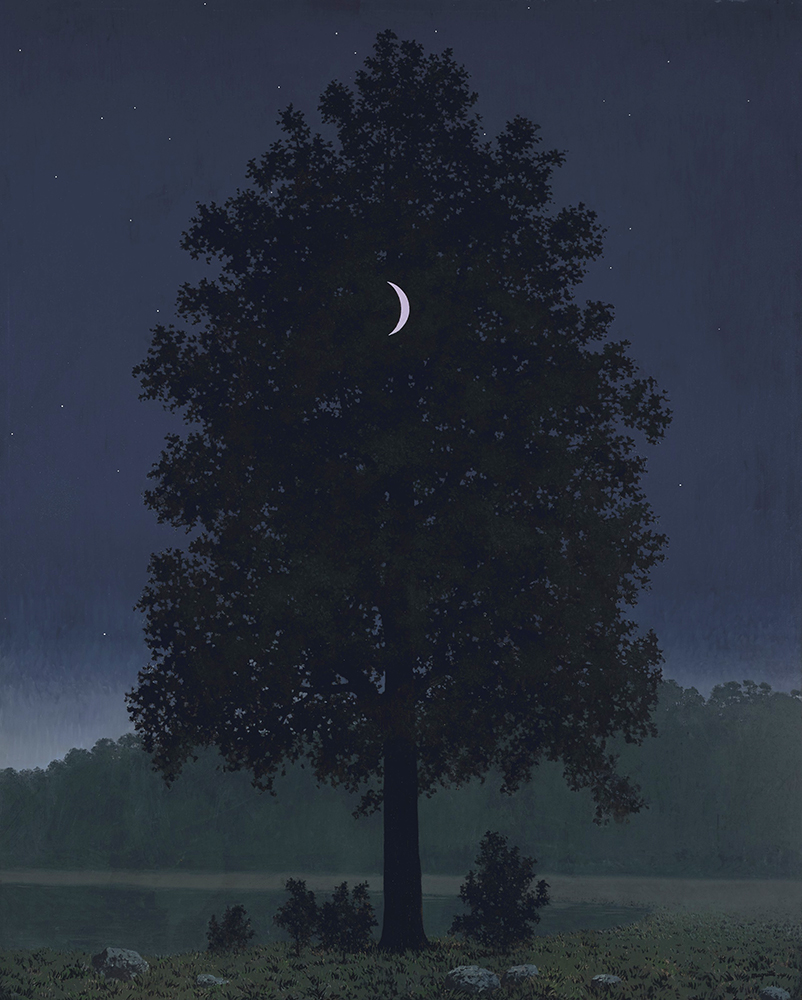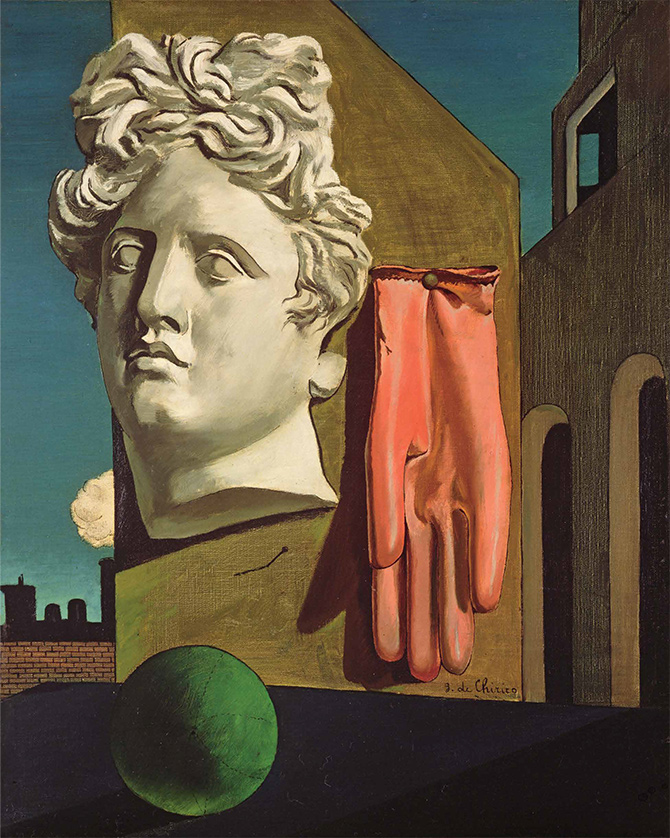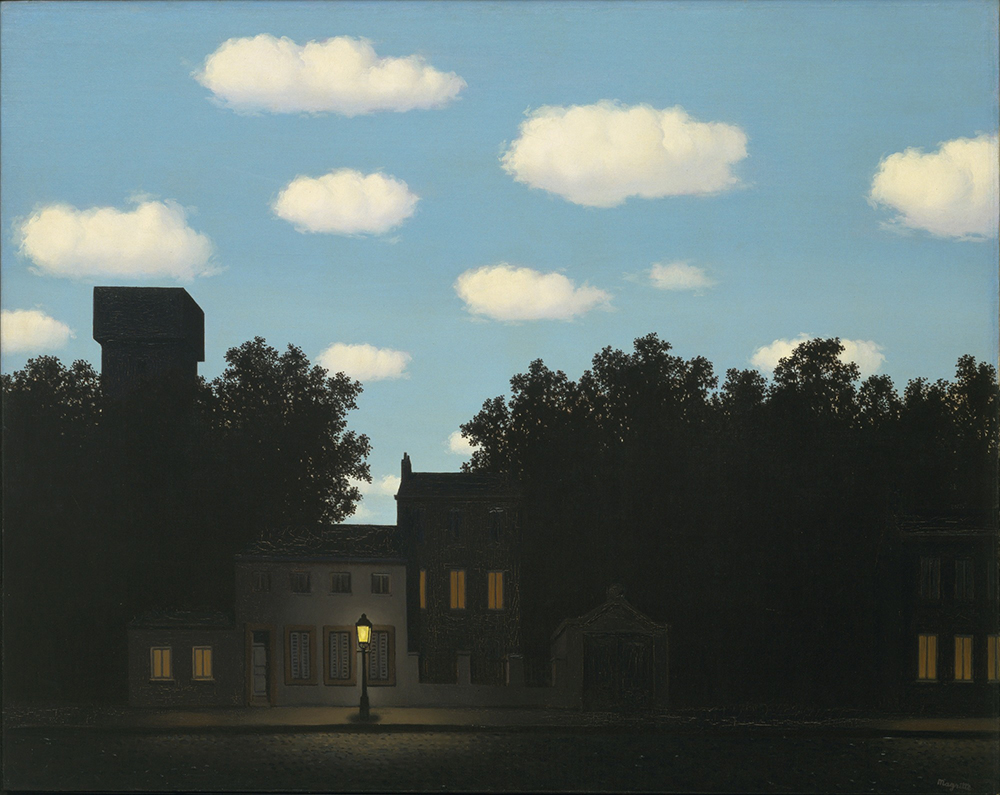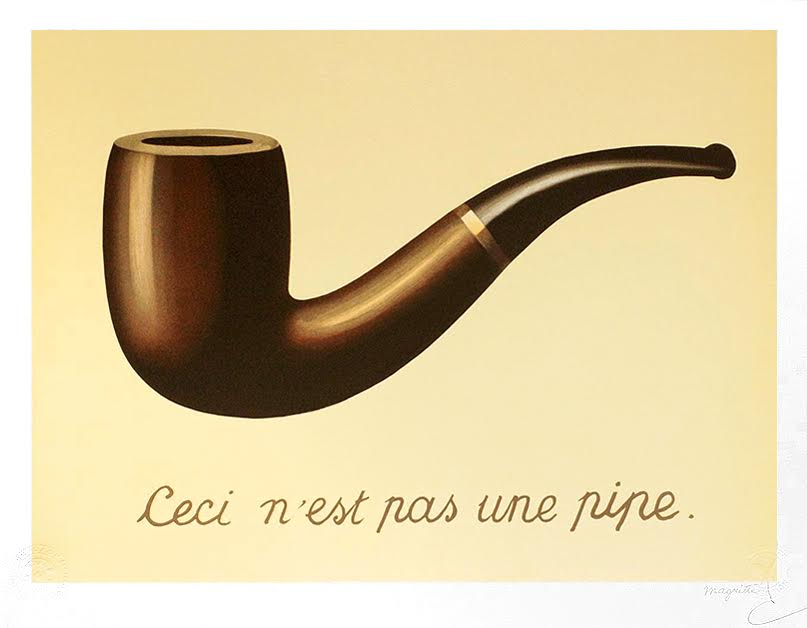René Magritte returns to beat surrealist painting auction records. “Le seize septembre”, 1957 was sold for 17,752,900 euros. Magritte’s unique approach to Surrealism has made him a very special exponent of twentieth-century painting.

The Belgian painter, embracing but at the same time distancing himself from Andrè Breton’s surrealist manifesto, developed a painting of illogical dislocations and combinations, however carefully outlined. During the same auction “Le sabbat“, 1959, a smaller painting by the artist reached 9,001,160 euros.
The artist of the Day and Night
René François Ghislain Magritte was born on November 21, 1898, in Lessines. His father was a wealthy Belgian trader. The family often changed residence until the artist’s mother took her own life in Châtelet by throwing herself into the Sambre river. It is said that the woman’s body was found with her head wrapped in her nightgown. Although there are no certain attestations in this regard, it seems that that terrible image influenced the creation of well-known paintings by the artist.
After studying at the Brussels Academy, his beginnings as a painter moved within the avant-garde of the twentieth century. Magritte will join the surrealist group in Brussels only in 1925 after seeing Chirico’s painting “The Song of Love“.

Magritte’s first surrealist painting is “The Lost Jockey“, 1926. The artist adopts for the first time the principle of unreality that will be the basis of his subsequent works. In particular, Magritte starts developing what will be a recurring theme in his art. He creates suggestive night landscapes inserted in daytime contexts and vice versa. More precisely, the artist outlines an artistic feature that using lights and shadows allows to display on the same canvas day and night settings.
René Magritte’s style and quest
The artist’s paintings immerse the viewer in an atmosphere of expectation that pushes to find answers that do not exist. The objects that Magritte chooses to represent are familiar to the observer. However, the representation of common objects serves precisely to quest the purpose of life and its meaning.

Besides, Magritte’s painting soon begins to be based on the trompe l’oeil technique. This becomes his favorite tool for researching the human unconscious and the mysteries of the universe. The artist approaches reality only to express its elusiveness. For this reason, in his works, the allusion to the mystery is almost obsessive and retains very similar sides with those of Metaphysics.
His poetic representations of the mysterious and improbable aspects of existence are made in an almost illustrative style. In particular, Magritte induces the observer to look at real and three-dimensional objects, actually painted on a two-dimensional surface.

For this reason, Magritte’s style is very different from that of Salvator Dalì. Both embrace the surrealist avant-garde, however, they give vent to their creativity in a different way. If Dalì associates art with a creative delirium full of unconscious images, Magritte represents the mystery through more essential and clear representations.
An exhibition at the Royal Museum of Fine Art in Belgium investigates the figurative approach of the two painters and their substantial differences. “Dalí & Magritte: Two surrealist icons in dialogue” will be on view until February 16, 2020.